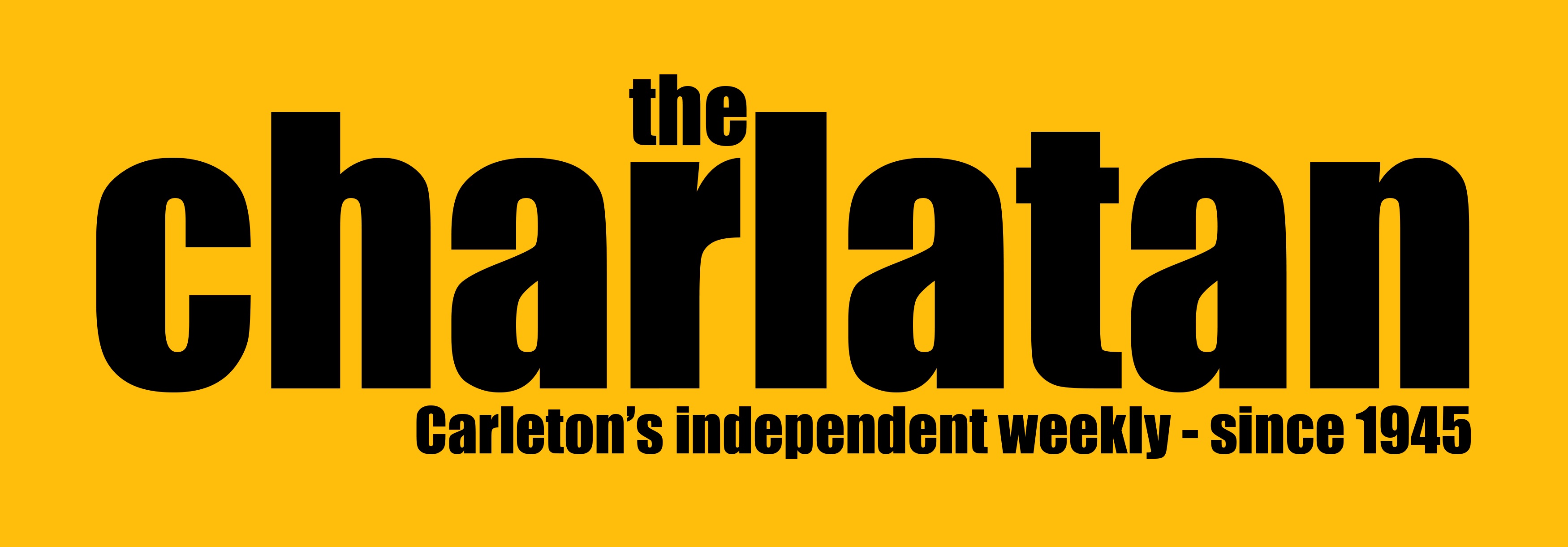On Jan. 25, several students against the provincial changes to OSAP and post-secondary tuition disrupted an event put on by student Conservatives hosting MPP Merrilee Fullerton, the Ontario Minister of Training, Colleges and Universities.
The disruption was a protest against the Ontario Progressive Conservative (PC) government’s recent announcement that it will be discontinuing the “free tuition” policy implemented by the previous Liberal provincial government. The policy granted students who came from low-income families higher OSAP grants.
The ability to protest is an important function of a democratic country and one of the main ways people can make their voices heard on issues which are important to them. Students being ready and willing to protest changes to OSAP policy, which affects many of them, is a good thing.
However, when choosing to disrupt a public event for protest, it’s important to consider whether the methods of disruption will best communicate the message protestors want to get across. For example, the question period during Fullerton’s event with students could have been a more effective time to express dissent rather than completely overhauling the event itself.
The purpose of a protest is to garner attention in order to start a public conversation. Good timing in communicating a message is crucial to get as much understanding and empathy as possible, even with productive disruption.





